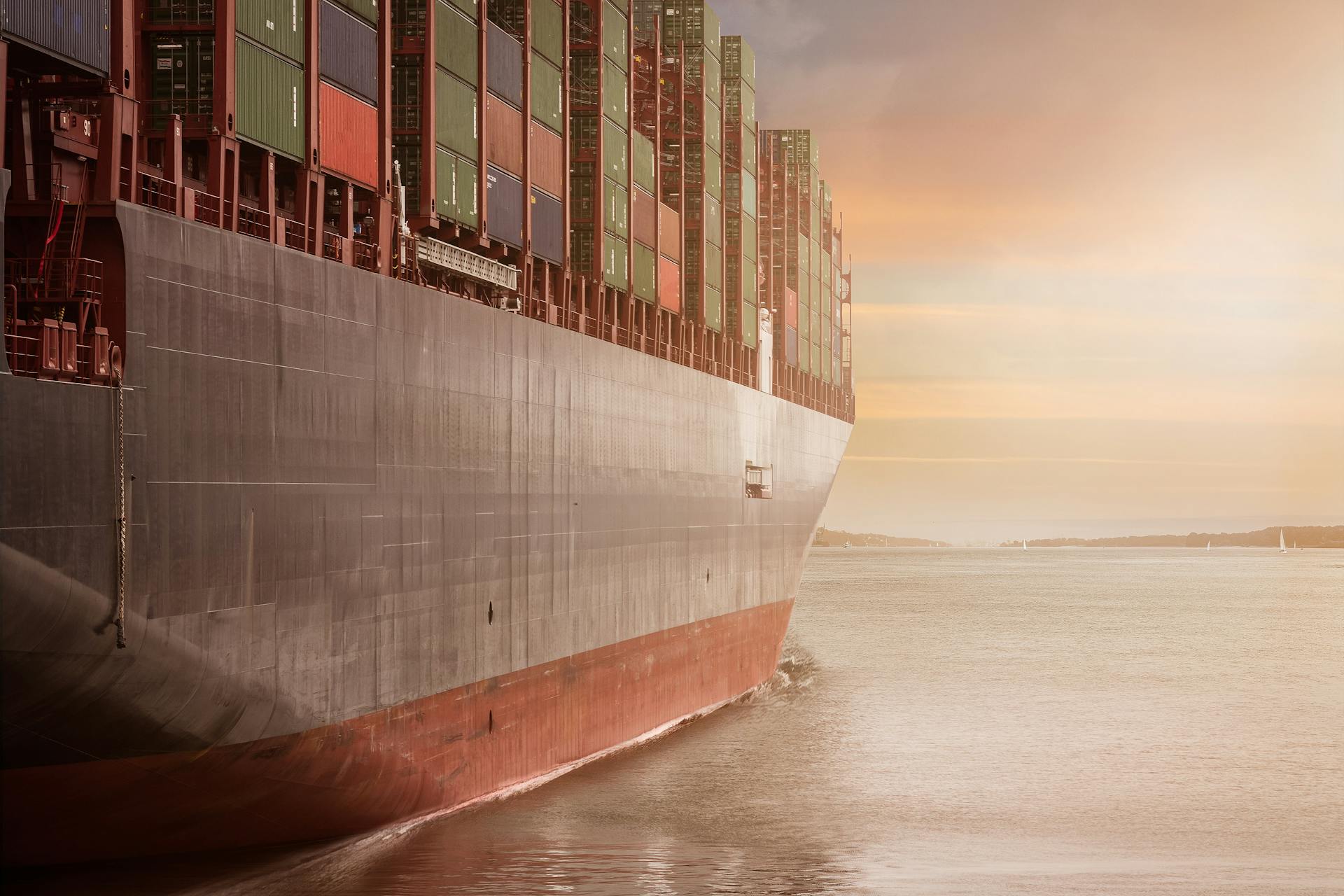Global shipping, which carries around 80 per cent of world merchandise trade, is stagnating as the sector struggles with geopolitical instability, new tariffs and shifting sea lanes, the United Nations said on Wednesday.
According to a report by UNCTAD, the UN’s trade and development agency, “not since the closure of the Suez Canal in 1967 have we seen such sustained disruption to the arteries of global trade,” secretary-general Rebecca Greenspan said.
She noted that ships once crossing the Red Sea in days now take weeks to sail around the Cape of Good Hope, while freight rates, once stable, are fluctuating sharply.
Amid these disruptions, UNCTAD projects growth in global seaborne trade will slow to 0.5 per cent in 2025, after expanding by 2.2 per cent in 2024.
Container trade is expected to fare slightly better at 1.4 per cent. Over the medium term, between 2026 and 2030, growth is seen averaging 2 per cent annually, with container trade at 2.3 per cent.
The slowdown comes as technological, environmental and geoeconomic transitions converge.
Greenspan said these forces are moving “at a pace that requires a fundamental rethinking of how maritime transport operates,” warning that fragile supply chains and geopolitical uncertainty are reshaping global commerce.
UNCTAD pointed to new US trade policy measures, including higher tariffs and port fees, whose full impact is still unclear.
However, the result will likely be more rerouting, longer voyages and higher costs.
Conflicts are also weighing on key shipping arteries. Navigation in the Black Sea has become more difficult due to Russia’s war in Ukraine, while turmoil in the Middle East has forced ships to bypass the Red Sea.
The Strait of Hormuz, which handles about 34 per cent of the world’s seaborne oil exports, has also faced risks of disruption amid rising tensions between Iran and Israel.
Reflecting these shifts, UNCTAD said average trade route distances have stretched from 4,831 miles in 2018 to 5,245 miles in 2024. “Distance is no longer geography; it is geoeconomics,” Greenspan remarked.
For Cyprus, a leading global ship-management hub, the implications are significant.
The island’s registry ranks among the top in Europe and its shipping cluster contributes almost 7 per cent of GDP, supporting more than 9,000 shore-based jobs and 55,000 seafarers on Cyprus-flagged vessels.
With transport services accounting for nearly a fifth of exports, any prolonged rise in freight rates or rerouting costs directly affects its economy.
Cyprus’s ports are also navigating uncertainty. In May 2024, the government scrapped a €1.2 billion concession with Kition Ocean Holdings for the redevelopment of Larnaca port and marina, citing contractual breaches.
Meanwhile, the Port of Limassol remains the island’s main container and transit hub, anchoring Cyprus’s role in Eastern Mediterranean trade flows.
At the same time, Cyprus has drawn international praise for its strict regulation of maritime security, with the UN commending its standards as piracy risks and geopolitical tensions complicate vessel safety worldwide.







Click here to change your cookie preferences